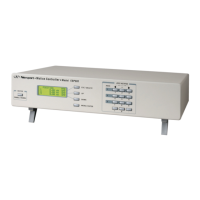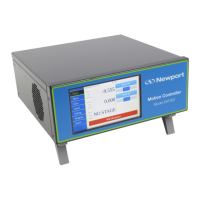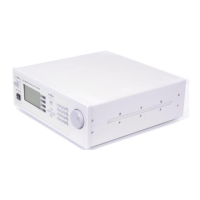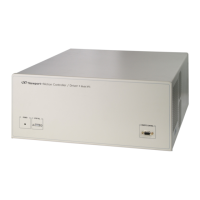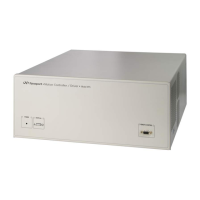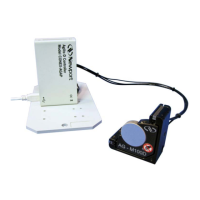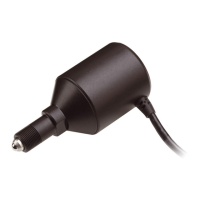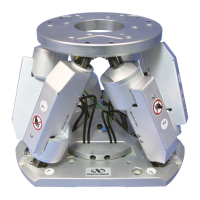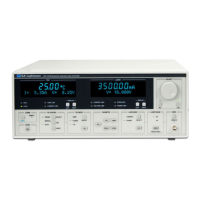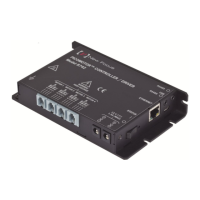This torque diagram is accurate even when the motor is driven with
half-, mini-, or micro-steps. The maximum torque is still one full step
away from the stable (desired) position.
5.6.1.1 Stepper Motor Types
Permanent magnet motors have each "tooth" made out of a permanent
magnet, each one having alternate polarity. They are more efficient
but the step size is very large due to the physical size of the pole
"teeth". They are also being used in low cost and, in particular,
miniature applications.
• Low cost full-step, open loop implementation
• No wearing or arcing commutators
• Generates higher heat levels than other types of motors
To simplify the explanation, the examples above are based on a
variable reluctance stepper motor. The main characteristic of these
motors is that their rotors have no permanent magnets. The variable
reluctance motors are easy and inexpensive to make but suffer from
higher inefficiency and require a unipolar driver. They are used in low
cost, low power applications.
The most common type of stepper motor is the Hybrid stepper motor.
It is the fine "teeth" and stepping angle of a variable reluctance motor
and the efficiency of the permanent magnet motor. The rotor is made
out of one or more stacks that consist of a pair of magnetically
opposite polarized sections. These motors offer the best combination
of efficiency and fine stepping angles and can be driven by both
unipolar and bipolar drivers.
Advantages
Stepper motors are primarily intended to be used for low cost
microprocessor controlled positioning applications. Due to some of
their inherent characteristics, they are preferred in many industrial and
laboratory applications. Some of their main advantages are:
• No servo tuning required
• Good position lock-in
• No encoder necessary
• Easy velocity control
• Retains some holding torque even with power off
• Preferred for vacuum and explosive environments.
Disadvantages
Some of the main disadvantages of the stepper motors are:
• Could loose steps (synchronization) in open loop operation
• Requires current (dissipates energy) even at stop
• Moves from one step to another are made with sudden motions
Section 5 – Motion Control Tutorial 5-31
